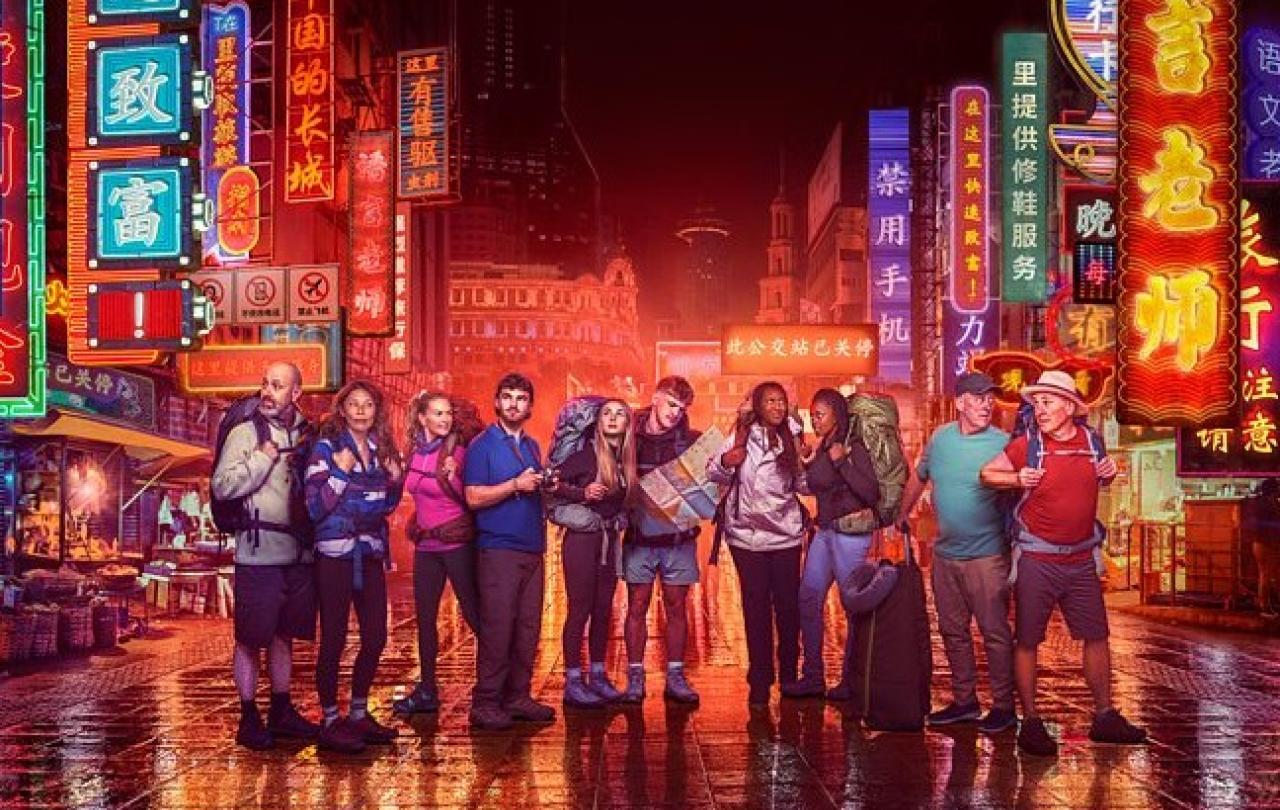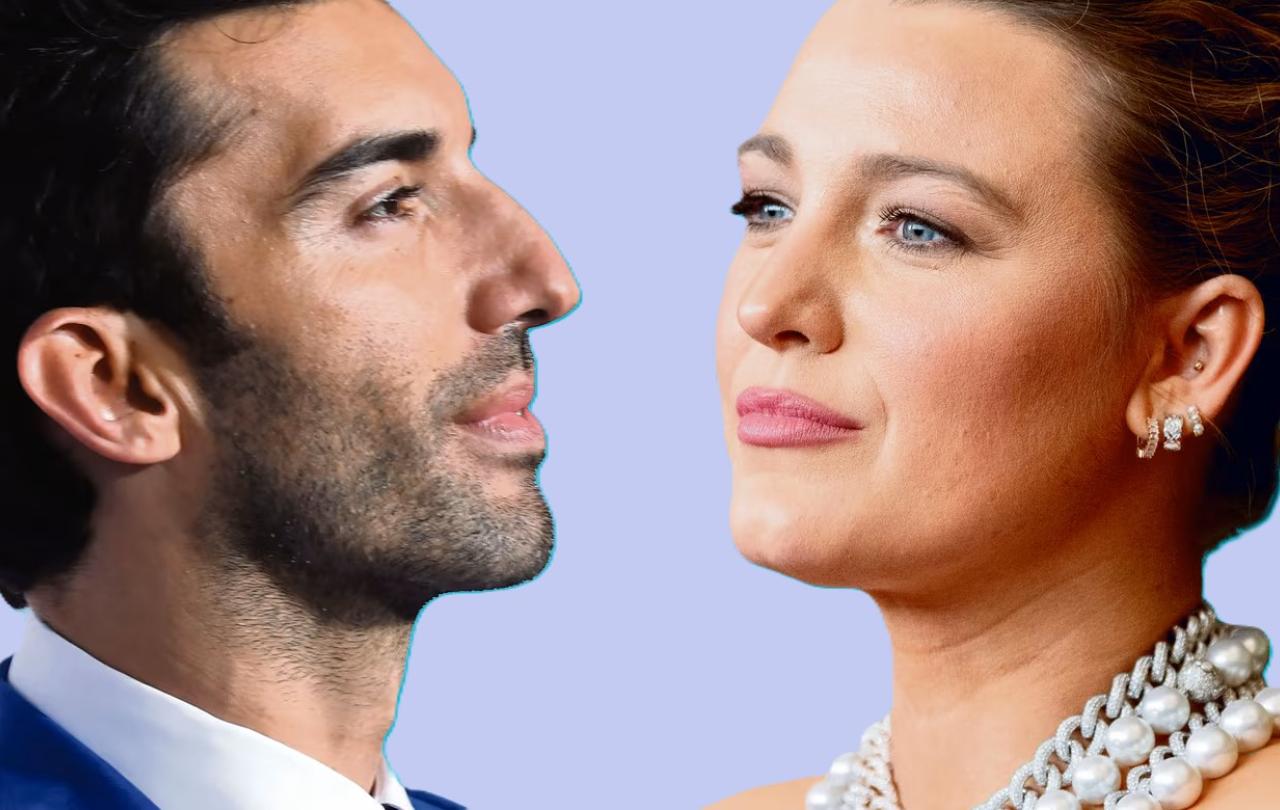
After years of peer pressure, my husband and I have joined the bandwagon and become Race Across the World evangelists. The BBC series, currently in its fifth season, follows five competing duos on an expedition between far-flung locations with limited resources and no forward planning.
Viewers love the show wherever they are in the world. In America, The Amazing Race, which has a similar format, is now on its 38th series.
‘No flights, no phones,’ boast the rules – but Race Across the World is a far cry from retreating to simpler times before smart devices and online banking, nor does it shy away from the complexities of modern life. Though there is a cash prize, the format of Race Across the World prioritises connection over competition. Each episode is a picture of messy, frantic humanity and examines how we cope in an environment where all we really have is each other.
The challenge is real. In the current series, the couples trek across China, Nepal and India, the start and end checkpoints spanning more than 14,000km. This cohort is an eclectic mix: two sets of slightly estranged siblings, teenage sweethearts from Wales, former spouses and a mother and son. Their vulnerabilities, as well as their triumphs, take prominence. In their conversation and in confessional, each person demonstrates a remarkable willingness to face the hard stuff of life with resilience, tenacity and enough convivial spirit to please the production team.
This emotional depth maps the physical and logistical demands of the race, as the viewer follows the pairs’ fast-paced journeys, stopping occasionally to enjoy some wonderful view amid countless train stations and overnight busses.
My sympathy derives from a belief that I would fare horrendously as a contestant – I think my excellently organised, exceedingly patient husband would flat-out refuse to compete with me. But the wider response to Race Across the World is one of empathy. Unlike similar shows, we are not called to blindly favour for the frontrunner, but to enjoy spending time with and bearing the burdens of all. We feel every frustration of the missed shuttle that just departed. When the ferry disembarks late due to poor weather, our response is not to scoff, but to share, in some small way, their lament. As their successes and failures are magnified, so is our compassion, willing them not to get lost in comparison’s snare but to keep moving forward.
Race Across the World exhibits the reality of community, speaks to the ache of life’s unpredictable nature, and extends grace for struggling humanity. We learn, alongside those racing, that the point is not always to fix our frustrations, but in being able to sit with them, to acknowledge disappointment rather than dismiss it, and to allow setbacks to spur us onto the next step. Sometimes, things get hard and we acutely feel that a situation is beyond our control. What have we then? Still, each other. Still, communion. Still, God.
Most of the time, the competitors’ issue does not disappear; they arrive at the checkpoint 24 hours late, they board the wrong train, the persistent typhoon ruins their chance of first place. But this hardship renews their strength and determination, promoting the notion that while suffering is never easy, it somehow shapes us. We endure and, in that endurance, we are refined and strengthened in ways we never thought possible. In the testing of our own endurance (or lack of), it turns out that some things actually are immovable.
This resilience permeates to the heart of who we are, forming us into people who can carry disappointment and hope simultaneously. It is an unwavering, defiant hope that finds us and never leaves us stranded. From this new position, fresh possibilities arise out of a deeper satisfaction, a greater victory, than found in being first place. This hope is rooted in something deeper, and it cries from the other side of difficulty: ‘Here I am, not lost.’
In his poem, Vow, Roger McGough reminds us that when,
Things seem to go from bad to worse,
They also go from bad to better …
Trains run on time,
Hurricanes run out of breath, floods subside,
And toast lands jam-side-up.’
It speaks to how the relatively small disappointments help us cope with the bigger stuff of life, the stuff we feel we will not emerge from. In the gritty, heavy, unfair stuff of life, we appreciate the weight of the enduring hope we possess, manifested in the belief that things not only can, but will go from bad to better. This is not a fragile optimism, but a fortitude and faith that sees the world as it is yet maintains that good and better is possible.
In the same way, Race Across the World urges us to consider what we can handle – not in our own strength, but in community, in reliance on another. Though our complex, strained humanity may attempt to deter us, life’s hardships are eased when shared, whether on a televised journey or from our sofas. We are strengthened in, by and through devoted community. In keeping pace with another – slowing down or rushing to keep up – we are mutually inconvenienced, and that is a source of beautiful fellowship. In letting go of the things that enslave us to self – ambition, insecurity, pride – we encounter the gift of each other, and give life to love that serves. We commit to community; we choose connection over competition.
The saying goes, ‘If you want to go fast, go alone. If you want to go far, go together.’ In Race Across the World, significant effort is understandably made by competitors to go fast and to go far, to place first and take home the cash prize. But the viewer’s delight is not so much in seeing the winning duo cross the finish line, as in witnessing the journey of two muddling through, sharing the load, bearing burdens and multiplying joys.
In our lives, too, the road can be unpredictable, full of detours, missed buses and, yes, a few painfully overpriced cabs. Yet it is in the community of fellow travellers we learn the worth of endurance, the refining possibility of suffering, and the hope that is cultivated in its place.
Join us behind the seen
Since Spring 2023, our readers have enjoyed over 1,000 articles. All for free.
This is made possible through the generosity of our amazing community of supporters.
If you enjoy Seen & Unseen, would you consider making a gift towards our work?
Do so by joining Behind The Seen. Alongside other benefits, you’ll receive an extra fortnightly email from me sharing my reading and reflections on the ideas that are shaping our times.
Graham Tomlin
Editor-in-Chief





